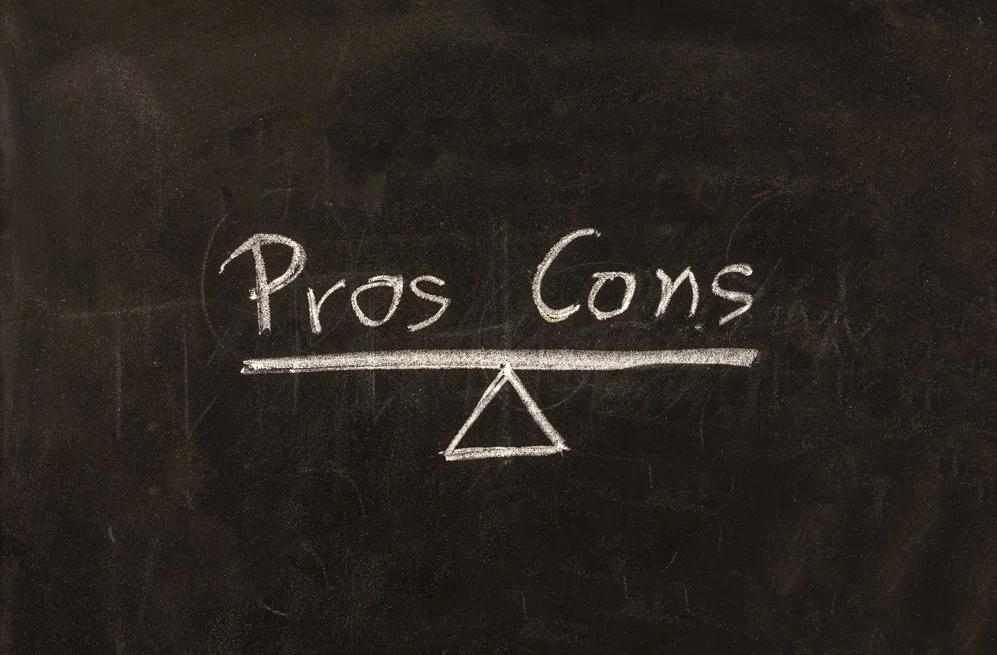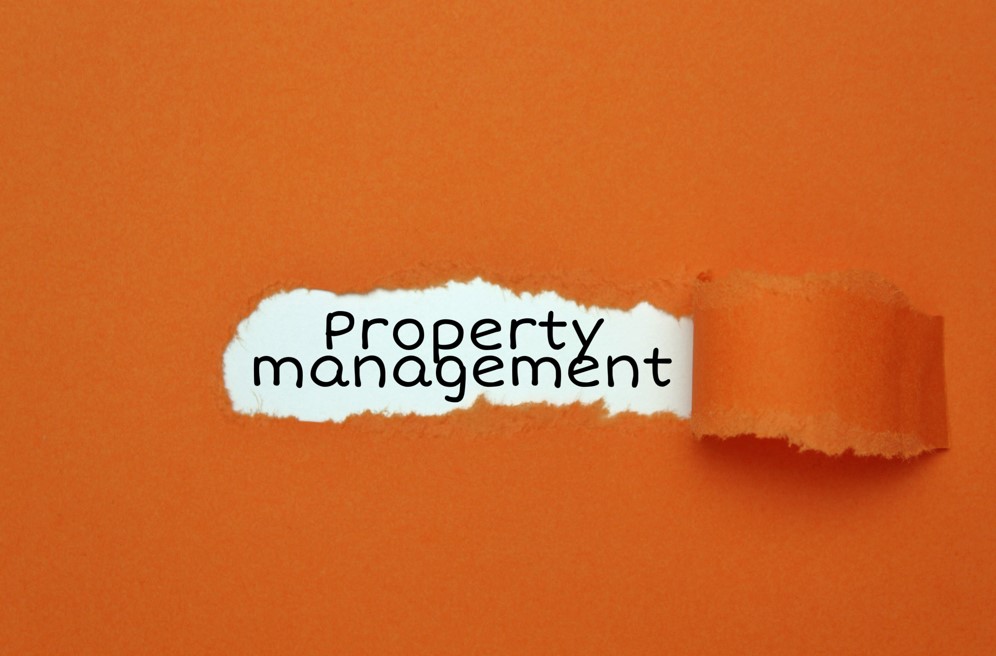Investment property is a huge decision that has a lot of risks and factors to consider. Before having a property investment, it is very important to understand interest payments, taxable income, capital growth, and other property expenses. Having an investment property may get tricky and challenging along the way but despite all that, one thing’s for sure, the journey of getting this kind of investment will surely be exciting and a process full of knowledge just like when getting a Tagaytay condo for sale since it is located in a top-notch area.
Not All People Are Aware That Property Investment May Be Positively Geared or Negatively Geared.
Geared properties simply mean that it concerns whether the amount of money in which the owner makes from the property is greater or less than the total cost of owning it. In addition to the various costs associated with owning a property, such as insurance and continuous maintenance, the owner is required to pay interest, therefore the cash flow needs to be sufficient to cover this expense as well.
To Become Knowledgeable About Geared Properties, This Article Will Discuss More Negative Gearing vs Positive Gearing, Let’s Get It Started, Shall We?
Positively Geared Property

To simply discuss what positively geared property is, here is a straightforward explanation if the revenue from the owner’s investment exceeds the interest payments and other outgoings, such as maintenance and repair charges, the property is positively geared. Considering positive gearing offers more predictable returns and steady income, it is generally perceived to carry a lower risk than negative gearing.
Advantages of Positive Gearing:

Lower risk
As mentioned above, every investment property has a risk but in positive gearing, the risk is lesser than in negative gearing since there is an automatic and secured income stream. Whenever there is an emergency or any unexpected circumstances, the income can cover it.
Additional Income
An additional income, indeed. Positively geared properties are also known to have a great cash flow because this will give the owner extra income.
Attracts investors
With more money coming in, there is a high to become more appealing to lenders who may offer more credits. A win-win situation, isn’t it?
Disadvantages of Positive Gearing

Liable to taxation
One of the disadvantages is that the owner is liable to pay more tax. There is no exemption on doing this because the earnings from a positively geared property are automatically taxable.
Slower Capital Growth
Investment property under positive gearing has a slower long-term growth because it is more likely located in regional towns.
Negatively Geared Property

Since positively geared property investment is already discussed above. Let us see what is the difference between negatively geared properties. If the investment’s revenue is less than its expenses, including interest, the property is classified as negatively geared. However, there are real estate investors that own one or two rental properties in addition to their primary residence. These investors might want to make sure they get the most out of their homes and arrange their mortgages so that the interest they can deduct from their taxes is maximized, lowering the amount of tax they must pay at the end of each fiscal year. Negatively geared property investment is also known as capital growth properties since it can also serve as a good investment strategy.
Advantages of Negative Gearing:

Capital Gains
Investors who are certain that their property will experience long-term capital growth may be willing to accept short-term losses. The expectation is that when the property is eventually sold for a decent sum, these losses will be made up in the form of capital gains. Try to imagine that if all goes according to plan, the investor will eventually make money when they sell the property since the capital returns will eventually outweigh the costs and levels of borrowing.
Tax Deduction
For some tax-savvy investors, negative gearing may indeed be advantageous. Investors frequently pick this technique because it enables them to take advantage of the available tax deductions to offset the costs they pay. Investors need money now to pay for negative gearing because tax returns could take a year or longer to come.
More attractive for tenants
Rental income is not a problem because negative gearing offers affordability to the tenants. With this, strong rental demand is obviously achievable. Tagaytay condo for sale in Crown Asia is in a prime location that offers convenience, comfort, and safety to the owners and tenants.
Disadvantages of Negative Gearing

Financial Risk
One should always get particular counsel on their circumstances as negative gearing is not risk-free. Try to reach out to a financial adviser whenever there are unfamiliar financial circumstances. It can assist the owner in decreasing overall tax payment, but there is still a danger of losing money, particularly in challenging times for the real estate market.
Prolonged investment strategy
Since this technique is intended to build wealth over the long term, the owner should carefully analyze and discuss a growth strategy and evaluate a property’s viability while first focusing on location, then the neighborhood in the area, and finally the local area.
Now that negative gearing vs positive gearing is discussed, finding a property with promising potential for capital growth just like Tagaytay condo for sale is a fantastic idea. Investors should weigh the benefits and drawbacks of both positive and negative gearing. In the end, the ideal technique will rely on the financial situation and personal aspirations of each individual. A property with a strong potential for capital growth also represents a wise choice as an investment.
Both negative and positive gearing have their advantages, and the best strategy will depend on the specific situation. It is a good idea to gain a complete understanding of how each operates, including what, if any, deductions one will be eligible for. A disparity in income is what separates the two generally. In contrast to positive gearing, which allows the investment’s expenses to be paid by the income it generates, negative gearing requires the owner to pay additional investment fees.
Related Blog: Why Are Condominiums One of the Best Purchases to Make?


